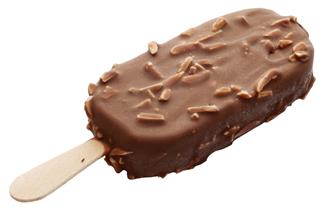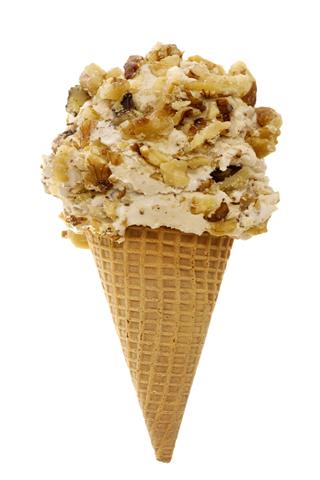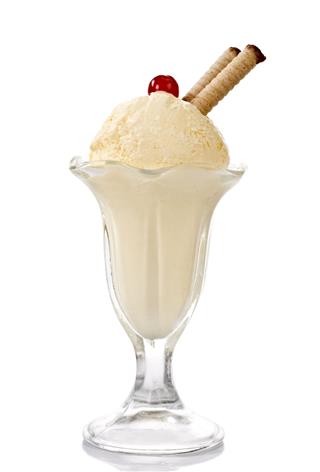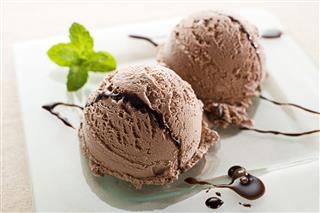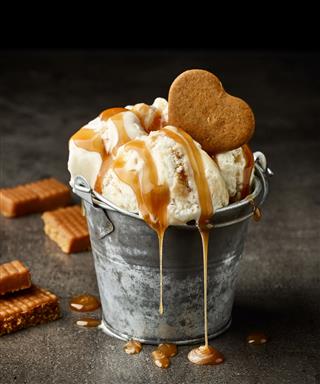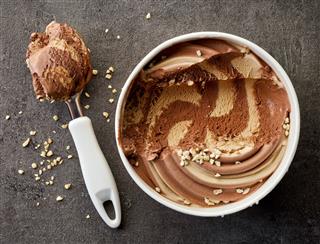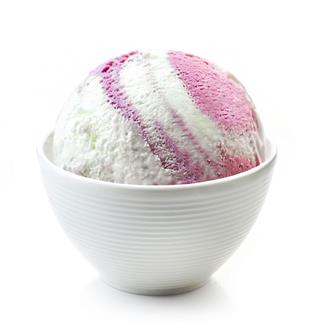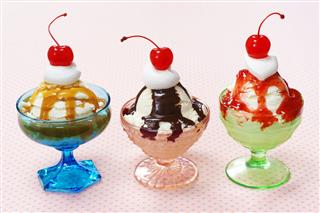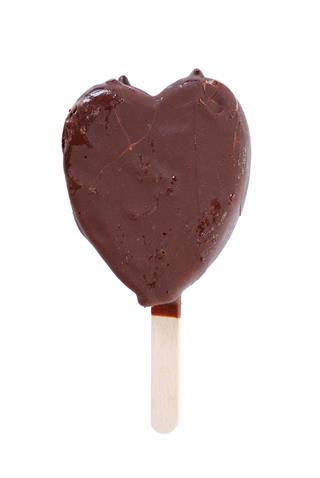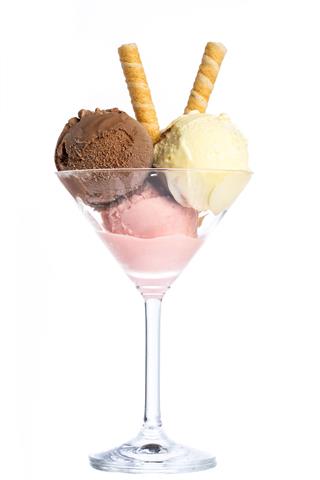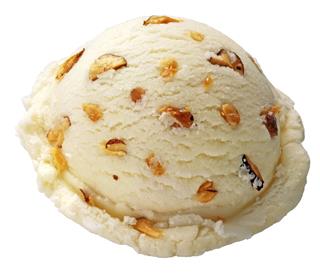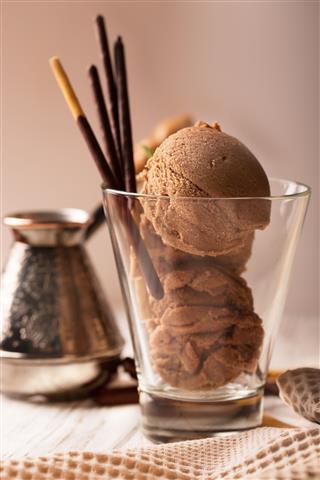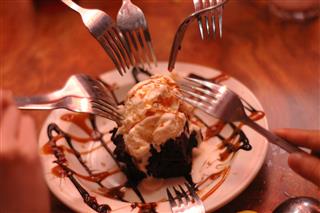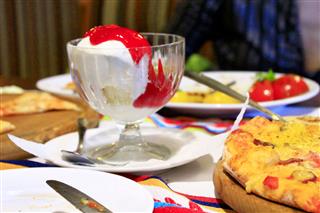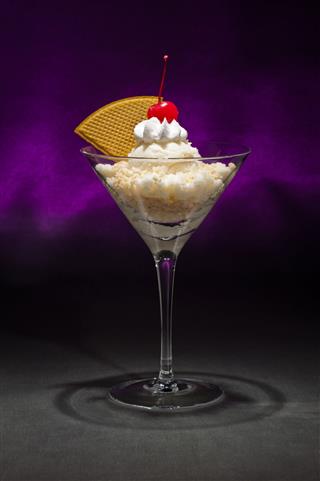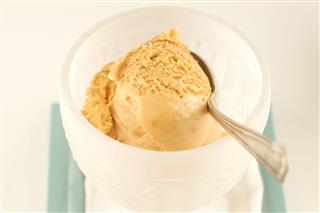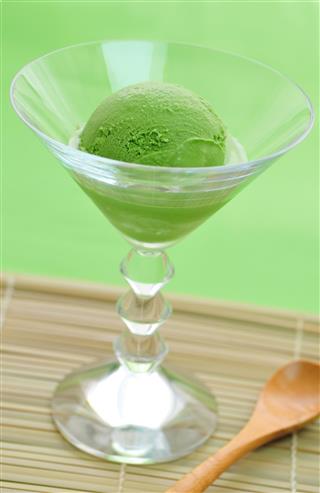
Ice cream is one of the most popular desserts across the globe. We are sure you want to know who invented ice cream and thank the inventors with all your heart. So read on.
“Age does not diminish the extreme disappointment of having a scoop of ice cream fall from the cone.” ~ Jim Fiebig
This is so true! You will hardly find anyone who does not love ice cream. Ice creams are one of the most exquisite delicacies ever. They have become an integral part of almost every celebration. They are an everyday delight during summer and an all-season favorite of many! The history behind the invention of ice cream is not very well-known. But it is indeed interesting to know that the origins of ice cream can be traced back to thousands of years ago.
Since about 4,000 years ago, rich people used ice houses to store cold food items. In the 5th century BC, the Greeks mixed ice with honey and fruit, prepared cones of ice, and sold them in Athens.
Persians used to have desserts during summer. They had already devised methods to store cold foods in naturally cooled refrigerators. It was the Persians again to come up with a delicacy made of vermicelli and rosewater. They mixed it with fruits and saffron. This dish evolved into the very popular faloodeh. Faloodeh is a mix of wheat starch and water with rosewater and lemons.
It was way back in the 4th century BC that the ‘ice cream story’ began! The Roman emperor Nero had ordered ice to be brought from the mountains and blended it with fruit.
Some theories credit Chinese with the discovery of the device to make sorbets and ice cream. They used snow and saltpeter to cool syrups poured into containers. As salt brings down the freezing point of ice, this method proved effective in making ice creams. Perhaps, the Chinese brought ice cream to Europe. The recipes of ice creams evolved over time as ice creams reached Italy and France.
In the sixteenth century, the Mughal emperors used horsemen to bring ice from Hindu Kush to Delhi.
In 1533, the Italians are believed to have introduced ice cream recipes in France.
Interestingly, Charles I of England offered a lifetime pension to his ice cream maker on the condition that the formula for making ice cream would be kept in secrecy.
During olden times, ice creams were a novelty and remained to be a specialty for years to come. The wealthy lot of the society wanted to keep ice creams their prerogative.
The United States imported ice cream and it soon became popular. George Washington and Thomas Jefferson served ice cream to their guests. In fact, George Washington loved ice creams and had ice cream coolers installed in his house.
The first ice cream parlor in America opened in New York City in 1776. The American colonists coined the term ‘ice cream’ as an abbreviated form of the word ‘iced cream’.
Ice cream was first sold in stores by a Baltimore company in 1851.
In 1718, a recipe for ice cream was published in Mrs. Mary Eales’s Receipts.
Using salt to control the freezing point of ice and the discovery of the wooden bucket freezer with rotator paddles were the major inventions on the path of the invention of ice cream.
Augustus Jackson, a confectioner from Philadelphia, created new methods of making ice cream in 1832. Nancy Johnson patented the hand-cranked freezer, thus establishing the widely used method of making ice creams. Jacob Fussell developed a commercial ice cream plant in 1851. In 1897, Alfred Cralle introduced an ice cream scoop and mold.
Ice cream sundae originated in the 19th century. Many people claim to have invented sundaes and many towns around the world claim of being the birthplace of ice creams.
Many ice cream vendors claim to have introduced ice cream cones but the Europeans have been using ice cream cones since a long time before 1904.
Ice cream cones and the banana split earned wide popularity in the twentieth century. Ice creams have come a long way and have a long way to go!






